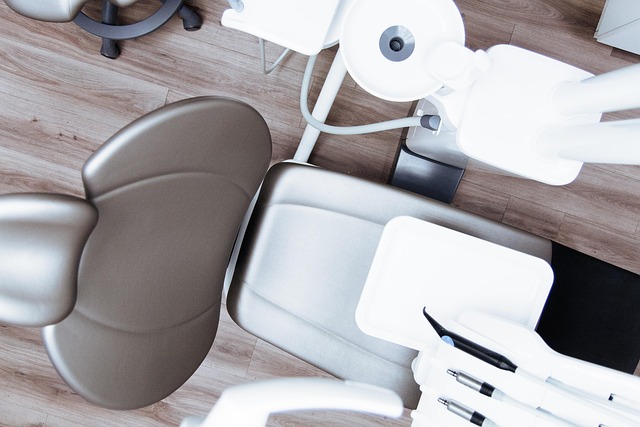
Retainers After Braces
Introduction
Retainers play a crucial role in maintaining the alignment of teeth after the removal of braces. While braces are instrumental in correcting misaligned teeth, the transition to retainers is equally important to ensure that the hard work invested in orthodontic treatment is not undone. This article explores the significance of retainers, their types, and guidelines for effective use.
The Importance of Retainers
After the removal of braces, teeth have a natural tendency to shift back to their original positions. This phenomenon occurs due to the elasticity of the periodontal ligaments, which can cause teeth to become crooked, crowded, or misaligned over time. To counteract this tendency, orthodontists prescribe retainers as a means to stabilize the teeth in their new positions.
Types of Retainers
There are primarily two types of retainers: fixed and removable. Each type has its own advantages and considerations.
Fixed Retainers
Fixed retainers consist of a thin wire that is bonded to the back of the teeth. They are typically used for the lower front teeth and are designed to be permanent, providing continuous support to maintain alignment. Fixed retainers are beneficial for individuals who may struggle with compliance in wearing removable retainers.
Removable Retainers
Removable retainers are custom-made devices that can be taken out for eating, brushing, and flossing. They are often made from clear plastic or acrylic and are designed to fit snugly over the teeth. The most common types of removable retainers include:
- Hawley Retainers: These consist of a plastic body that covers the palate and a wire that holds the teeth in place. They are adjustable and durable.
- Clear Plastic Retainers: Also known as vacuum-formed retainers, these are made from clear plastic and are less noticeable than Hawley retainers. They are typically used for aesthetic purposes.
Guidelines for Wearing Retainers
To achieve optimal results with retainers, it is essential to follow the orthodontist's instructions regarding wear time. The following guidelines are generally recommended:
- Initial Phase: For the first few months after braces are removed, it is common to wear the retainer full-time, except when eating or cleaning the teeth.
- Long-term Maintenance: After the initial phase, the orthodontist may recommend wearing the retainer only at night. This phase can last for several years, depending on individual needs.
- Regular Check-ups: Periodic visits to the orthodontist are important to monitor the alignment of teeth and the condition of the retainer.
Potential Issues with Retainers
While retainers are generally effective, there can be challenges associated with their use. Some individuals may experience discomfort or difficulty adjusting to the retainer, particularly with fixed options. Additionally, failure to wear the retainer as prescribed can lead to unwanted tooth movement, necessitating further orthodontic intervention.
Conclusion
Retainers are an essential component of orthodontic treatment, serving to maintain the results achieved through braces. Understanding the types of retainers available and adhering to the recommended guidelines for their use can significantly enhance the longevity of orthodontic results. Individuals are encouraged to communicate openly with their orthodontists regarding any concerns or questions about their retainers to ensure continued dental health.







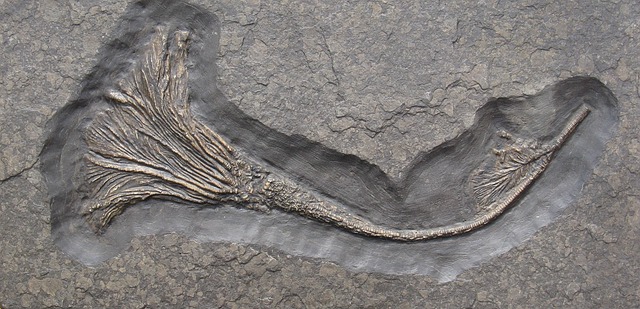

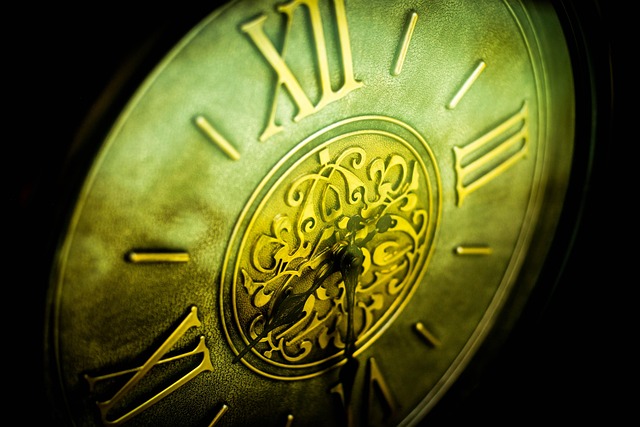

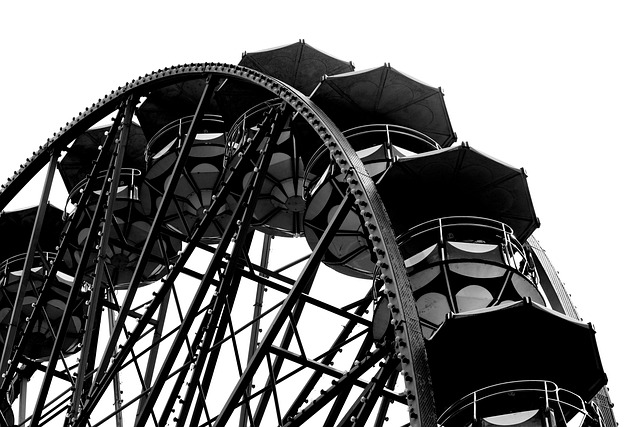


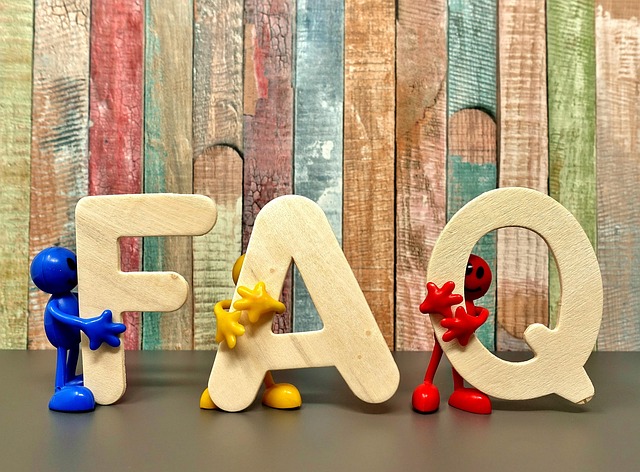

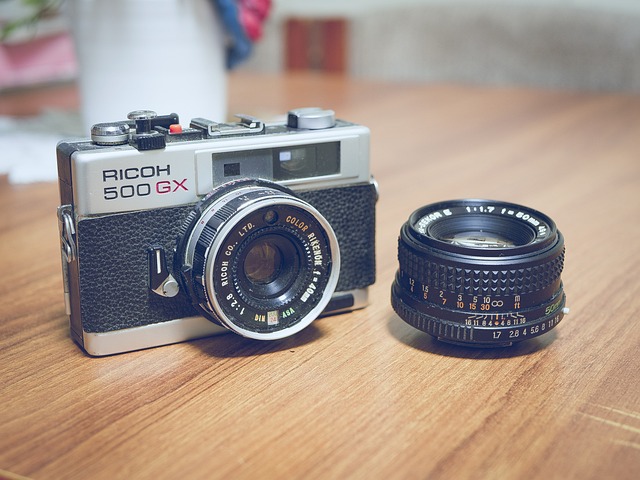
 Damien Leone
Damien Leone 
 Health
Health  Fitness
Fitness  Lifestyle
Lifestyle  Tech
Tech  Travel
Travel  Food
Food  Education
Education  Parenting
Parenting  Career & Work
Career & Work  Hobbies
Hobbies  Wellness
Wellness  Beauty
Beauty  Cars
Cars  Art
Art  Science
Science  Culture
Culture  Books
Books  Music
Music  Movies
Movies  Gaming
Gaming  Sports
Sports  Nature
Nature  Home & Garden
Home & Garden  Business & Finance
Business & Finance  Relationships
Relationships  Pets
Pets  Shopping
Shopping  Mindset & Inspiration
Mindset & Inspiration  Environment
Environment  Gadgets
Gadgets  Politics
Politics 